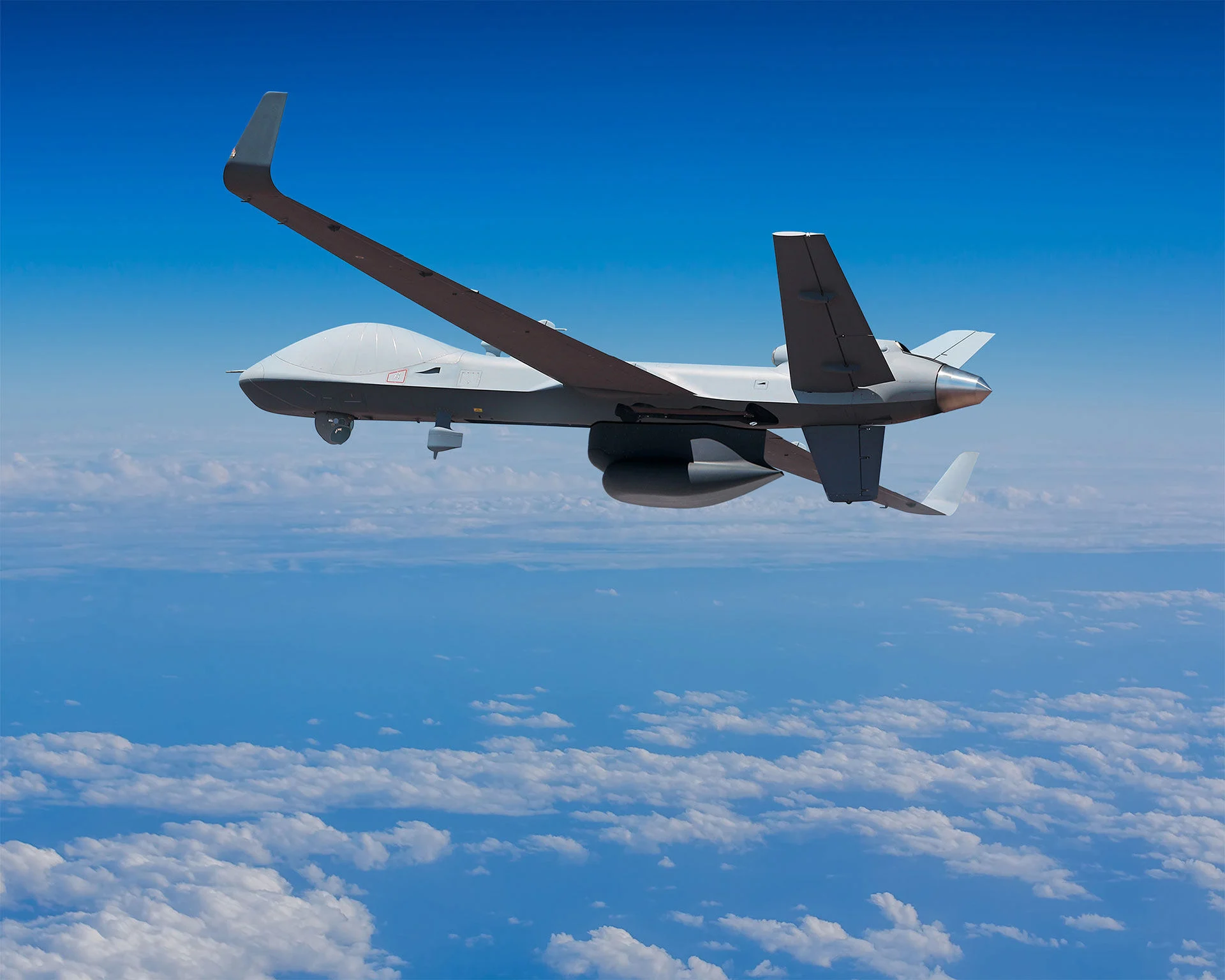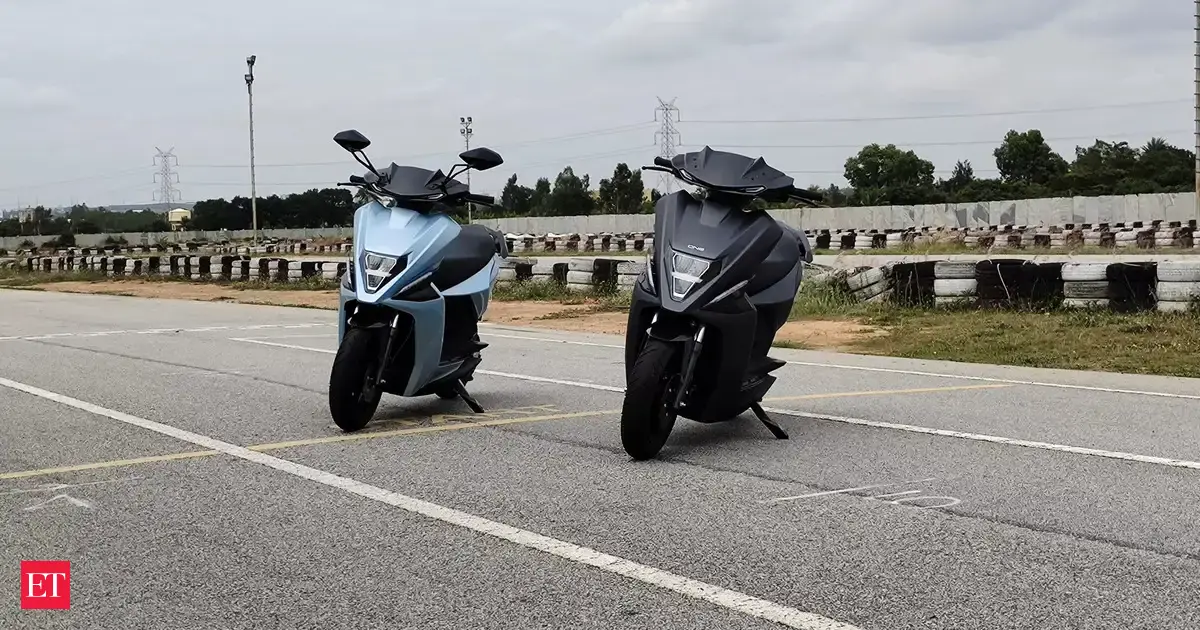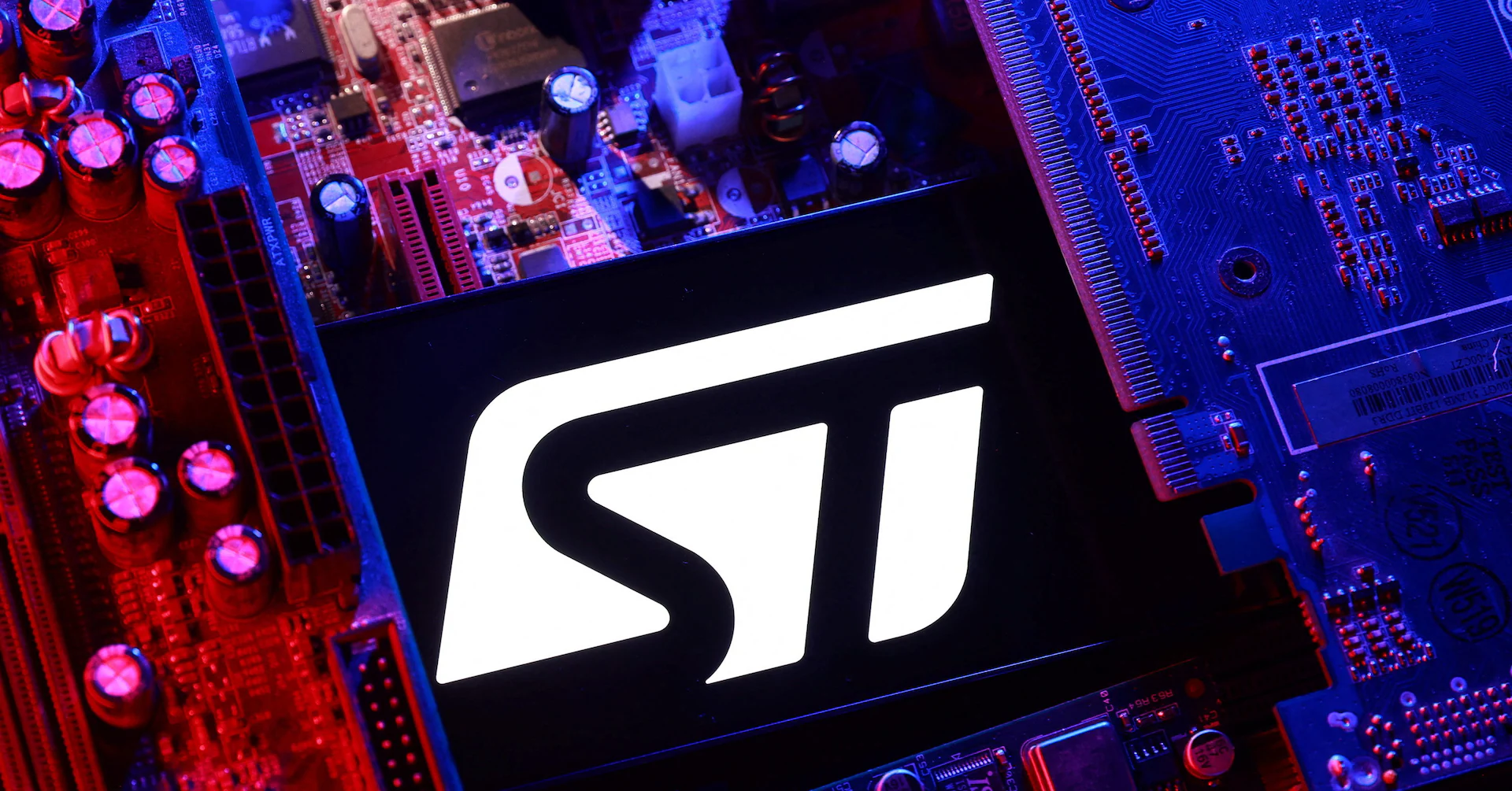By Julian Ryall
Copyright scmp

Japan is set to deploy advanced drones to intercept unidentified aircraft and vessels in a move designed to reduce the burden on fighter pilots and modernise its military response protocols amid an increase in air and maritime incursions.
Operational testing of the US-manufactured MQ-9B SeaGuardian drones for this purpose is expected to begin next year, according to a report by the Yomiuri newspaper, citing sources within the defence ministry.
Analysts say Japan’s military is playing catch-up. The country’s Self-Defence Forces have faced mounting pressure from frequent incursions into national airspace and territorial waters, primarily by Chinese units in the south and Russian aircraft and ships to the north.
In adopting unmanned aerial vehicles (UAVs) to address these issues, Japan “is behind the curve”, according to military specialist Garren Mulloy, a professor of international relations at Daito Bunka University.
“Japan’s responses are just unsustainable,” Mulloy told This Week in Asia. “China can continue to carry out mass incursions into Japan’s ADIZ [air defence identification zone] and EEZ [exclusive economic zone], with Japanese aircraft only typically scrambling upon intrusions closing in.”
“For Japan, it is sensible to be able to carry out patrols further out, where drones can loiter for extended periods,” he added.
Specially configured variants of the SeaGuardian drone are capable of remaining airborne for up to 40 hours, operating in tandem with satellites to provide real-time surveillance of distant air and sea movements, according to the manufacturer, General Atomics Aeronautical Systems.
“Japan has been very sensible and carrying out extensive testing of different systems before investing in the UAVs, but that does mean it is behind the curve and behind other nations in deploying them,” Mulloy said.
In recent years, Japan’s military has operated various drone platforms, including for maritime surveillance and search and rescue missions.
While the new drones will expand the Self-Defence Forces’ ability to monitor the East China Sea – including around the disputed Diaoyu Islands, which are administered by Japan and known as the Senkakus – Mulloy cautioned that current drone technology still had its drawbacks.
Japan’s planned drones could not match the speed of large reconnaissance aircraft, let alone fighter jets, he said. However, they are comparable to those already deployed by China over the East China Sea and can be launched from smaller airfields on Okinawa prefecture’s remote outer islands.
According to the defence ministry, 30 unidentified drones were detected near Japan’s southwestern islands in the last financial year, up from just nine the previous year. Between April and the end of August this year, 16 Chinese drones were spotted.
Current military protocols require two fighter jets to intercept any aircraft deemed likely to enter Japanese airspace. Each scramble is costly in terms of fuel and places considerable strain on both equipment and crew, security analysts say.
One of China’s main aims was to wear down Japanese forces in the areas around Okinawa, Mulloy said.
“This is part of the same pattern,” he said. “China is probing Japan’s defences and trying to demonstrate to Japan and the rest of the world that Japan is not able to control what happens in its waters and airspace around the Senkakus. It is a way of wearing out Japan.”



